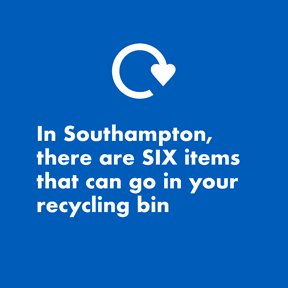An impact assessment has been carried in Bedford Place that captures usage in terms of customers against the remaining available capacity across each of the car parks in the area, if any given car park is disposed of. Usage data for car parks comes via ticket sales at car parks (both machine and pay by phone). Where ticket sales are not available for a car park, a manual count of vehicles is carried out for one day.
The data gives the potential car park numbers at a moment in time based on the time of sale and length of time purchased and is compared to the total available car parking capacity for an area to see if there is an oversupply of car parking spaces.
The table below, based on purchased ticket data, shows the highest usage figure recorded for each car park at 11am (deemed as peak time of day) over the last 18 months. 11am was chosen as a representative peak time based on the ticket data and validated by a manual count.
| Car Park |
Number of spaces |
Peak usage at 11am in past 18 months |
Available spaces during peak usage |
Average usage |
Average available space |
| Amoy Street (North and South) |
54 |
39 |
15 |
32 |
22 |
| Kings Park Road |
76 |
50 |
26 |
41 |
35 |
| Grosvenor Square North |
88 |
78 |
10 |
72 |
16 |
| Handford Place |
10 |
8 |
2 |
6 |
4 |
| Southampton Street |
10 |
6 |
4 |
5 |
5 |
| Ordnance Road |
48 |
45 |
3 |
39 |
19 |
| Bedford Place MSCP |
289 |
150 |
139 |
129 |
160 |
| Grosvenor Square MSCP |
532 |
496 |
36 |
379 |
153 |
| Total |
1107 |
872 |
235 |
703 |
404 |
| With 25% Season Ticket surplus |
|
944 |
164 |
775 |
332 |
| Wilton Avenue (Short Stay) |
78 |
57 |
21 |
50 |
28 |
As purchased ticket data for all car parks except MSCPs does not include season tickets, based on manual count data we are assuming 25% of the capacity could be utilised by season ticket holders. When this is applied and the Amoy Street data is discounted, on average it equates to 278 available spaces.
The removal of Amoy Street (North and South) Car Parks reduces parking spaces in the area by 54, which equates to 5% of the current total number for Bedford Place.





